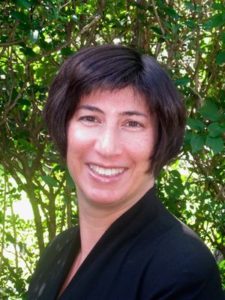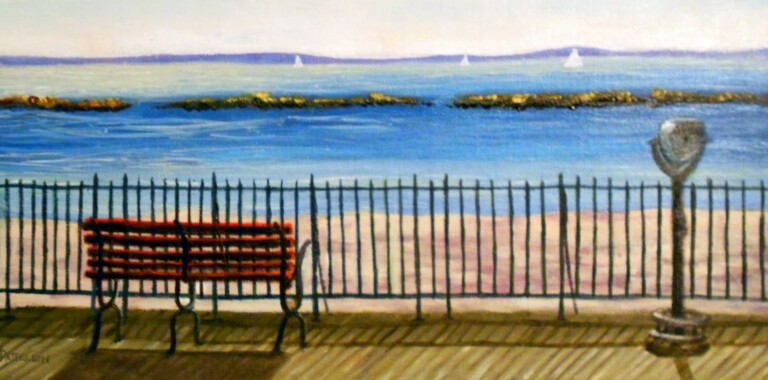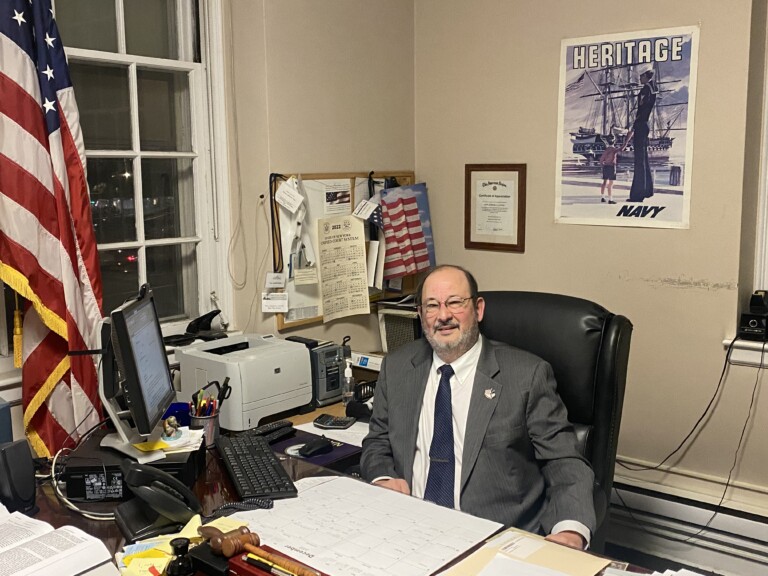LETTER: Investigate Grass and Artificial Turf in Parallel Says Former Dem Chair
In a letter to MyRye.com, Glen Oaks Drive resident and former Rye City Democratic Committee Chair Shari Punyon on investigating grass and artificial turf for Nursery Field in parallel, and a lesson from Rye Brook.

I know I’m late to the game, with a final vote probably happening this Wednesday, but it was only recently I became concerned that the attempt to fix a field problem could lead to total loss of field use in the future without significant investment for upkeep, likely at taxpayer expense. This happened recently in Rye Brook, and the possibility of it happening here is real.
Once I dug into the issue, I discovered a not-surprising situation – that in the back and forth, the lack of listening on either side, and the raising of tempers – facts and solutions were lost in rhetoric and shouting.
First – Let’s be honest, we need more consistently playable fields in Rye, and we aren’t talking about replacing a bucolic meadow with a turf field, but replacing a poorly maintained and often unplayable existing field. The question isn’t whether something should be done, but what.
Second – Let’s also be honest, there are real questions about whether a turf field is really the best option. I’ll lay out some of those questions in a minute.
Third – There is a possible compromise solution, that not only may cut through the animus around this topic, but provide a much cheaper option, and could not only fix Nursery Field, but improve all the fields around Rye for the same or even less money than a single turf field. Please hear me out before you scoff – We are Rye, we are all interested in the best, and most fiscally responsible options.
I can fully understand why a group of frustrated parents would latch onto turf as an option, and be so convinced they are willing to try to fund it out of their own pockets – the field is terrible, and we often lose play time. And the opposition mostly is busy shouting NO! without hearing their frustration.
However, beyond any environmental or long term health concerns, there are real immediate concerns with turf, and some poorly answered questions.
The first question is “how much more play time will the kids get?” The answer I got when I asked, from one of the sponsoring council members, was “we are hoping 100%”. As anyone knows who has dealt with the Rye High School turf field, that answer cannot be accurate. Artificial turf is not magic. In fact, there have been multiple times in the last year when we lost HS play time before the first raindrop fell, because the turf needed to be covered in preparation for a potential storm. I have yet to find a study on the estimated difference in availability between a turf field and a properly designed and maintained grass field. Given the extraordinary difference in price, that answer seems to be a bare minimum requirement before the plan moves forward.
Now onto the concern that I think is not discussed as much as we need to – The kids can’t play if they are hurt. We already have too many student athlete injuries. I personally know teenagers who have done physical therapy or who even had surgery due to sports injuries. There are solid studies that show artificial turf fields are less safe, and many professional teams are moving to natural grass created and maintained using the newest technology. Are we talking about paying a lot of money for less safe play?
You may be asking – but what is the possible solution you raised? I think we can all agree we need fields, but we want safe, cost effective fields, and ones that will last.
But, you may say, are you advocating for additional delay? Another pause? NO! I am not.
How can that be possible? Simple, the magic of parallel effort – the Let the Kids Play group needs to raise money, and present a flush bank account to the city before any project moves forward. The council has been determining a time frame for that to happen. I believe the proposal is thirty days. In addition, we still don’t have a real plan for a turf field, another thing that must be in place before any ground is broken, and in any event, no ground is going to be broken until August at the earliest.
During that time, I suggest, the city get a comprehensive comparison between the proposed turf field, and a natural grass field using the same technologies happening in our local area. Cost, play time, upkeep, environmental impact, etc.
Then we can return to the table in thirty days with a real answer about the best path forward. And we can have a backup plan if the Let the Kids Play group doesn’t raise enough for that very expensive turf field, rather than starting again from scratch.




Late to the game is a pretty big understatement. This has been an ongoing discussion over the course of 5 years (with Covid understandably pausing the discourse and focus).
Consultants have been hired and paid for. Studies from both sides have been presented. Somehow this just hit your radar but you are so confident that you have the magical solution that has yet to be considered that you chose to write a public Op Ed.
The proposal not only contemplates the cost of maintenance but also funding to replace the field. It has been stated and restated countless times that the RHS field is in a floodplain and is expected to flood. Hard to imagine putting a field closer to the brook. So yes it requires proactive measures to protect it from debris during significant rain events. Nursery, is not in a floodplain.
And unfortunately, kids get hurt on poorly maintained grass fields all the time. I’ve witnessed it first hand with the in level fields full of divots.
But don’t let facts get in the way of your opinion piece.
Ms. Punyon warns of increased injury rates on artificial turf. She’s wrong.
I’m not dismissing the question, which is an important one. But the (current) last word on this kind of issue comes from studies that are (1) recent (2) peer-reviewed, and (3) published in reputable scientific journals.
Luckily for those seeking reliable, up-to-date information on turf-field injury rates, there happens to be such a study. A 2023 systematic review/meta-analysis of studies on soccer injury rates on artificial turf was published in an offshoot of Lancet, a top medical journal. It concluded:
“The overall incidence of …injuries is lower on artificial turf than on grass. Based on these findings, the risk of injury can’t be used as an argument against artificial turf when considering the optimal playing surface…”